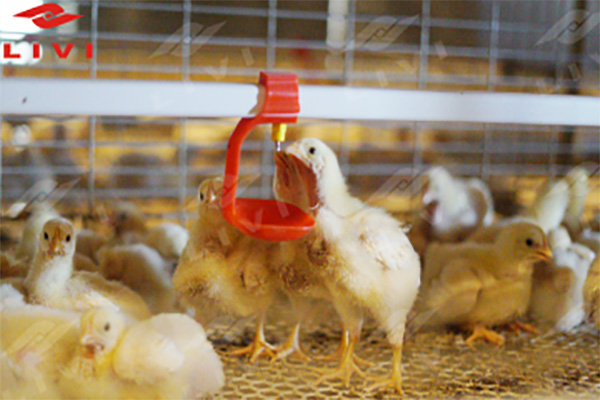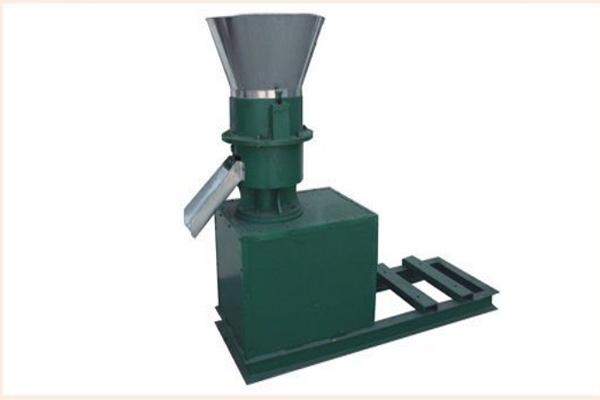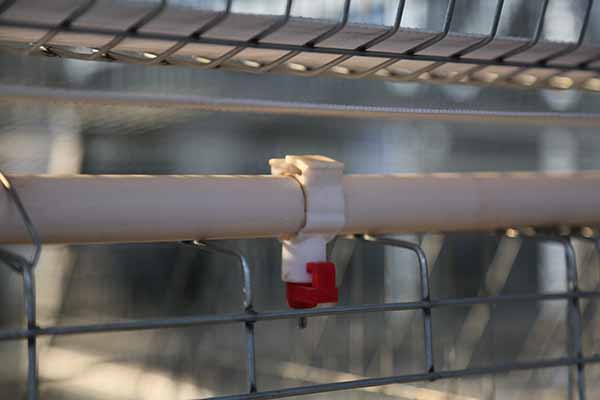
In the modern poultry industry, chicken farmers are constantly facing a series of challenges. Labor shortages, high costs, and frequent disease outbreaks have become the pain points of the current chicken - raising industry. As the demand for eggs continues to grow, the need for more efficient and sustainable egg - laying hen farming methods has never been greater. This is where automated laying hen cages come into play.

The automated system in laying hen cages mainly operates in three key aspects: feeding, egg collection, and manure cleaning. In the feeding process, the system precisely distributes feed according to the nutritional needs of the hens. This not only ensures that each hen gets the right amount of food but also reduces feed waste. For example, compared with traditional feeding methods, the automated feeding system can reduce feed waste by up to 15%.
When it comes to egg collection, the automated system gently moves the eggs from the laying area to the collection point, minimizing the chance of egg breakage. In fact, in farms using this system, the broken - egg rate has been reduced by about 20%.
The manure - cleaning system is perhaps the most revolutionary part. It continuously removes manure from the cages, preventing the accumulation of feces and reducing the production of ammonia. A well - functioning manure - cleaning system can reduce the ammonia concentration in the chicken coop by up to 40%.
Let's take a look at some real - world data. A farm in the Midwest of the United States implemented the automated laying hen cage system. Before the implementation, the ammonia concentration in the chicken coop was around 25 ppm. After the system was put into use, the ammonia concentration dropped to 15 ppm, a significant 40% reduction. This drop in ammonia concentration has a direct positive impact on the health of the hens and the overall air quality in the coop.
Regarding egg quality, the percentage of broken eggs decreased from 5% to 4%, a 20% reduction. The system also contributed to an increase in egg production. The farm saw a 10% increase in the number of high - quality eggs produced per hen per week.
"Since we installed the automated laying hen cage system, our work has become much easier. The hens are healthier, and the egg quality has improved significantly. We've also saved a lot of labor costs," said a farm owner.

Front - line farmers have shared many valuable experiences. When it comes to operation skills, they suggest regular system checks to ensure its normal operation. For equipment debugging, it is recommended to adjust the parameters according to the actual situation of the farm, such as the number of hens and the size of the coop. In terms of temperature - control linkage strategies, the automated system can be set to adjust the ventilation and temperature according to the outside weather conditions, especially during the hot summer months.
For small - scale farms, a modular deployment strategy can be adopted. Start with a small number of cages and gradually expand the scale as the farm develops. This can effectively control the initial investment cost. For medium - scale farms, a more comprehensive system can be installed, covering all aspects of the chicken - raising process. Large - scale farms can choose a fully integrated system with advanced intelligent features.
Here is a simple table showing the estimated benefits for different - scale farms:
| Farm Scale | Labor Cost Savings | Egg Production Increase | Ammonia Concentration Reduction |
|---|---|---|---|
| Small | 20 - 30% | 5 - 10% | 30 - 35% |
| Medium | 30 - 40% | 10 - 15% | 35 - 40% |
| Large | 40 - 50% | 15 - 20% | 40 - 45% |

During the hot summer months, the automated system plays an even more important role. It can adjust the ventilation and temperature in the coop in time to prevent heat stress on the hens. This helps maintain the health and productivity of the hens even in extreme weather conditions.
Automated laying hen cages offer a comprehensive solution to the problems faced by modern chicken farms. They not only reduce disease risks and ammonia concentration but also improve egg quality and production efficiency. If you want to upgrade your chicken - raising operation and achieve "labor - saving, high - yield, and low - disease" goals, don't miss this opportunity. Click here to learn more about how to transform your farm with automated laying hen cages!

